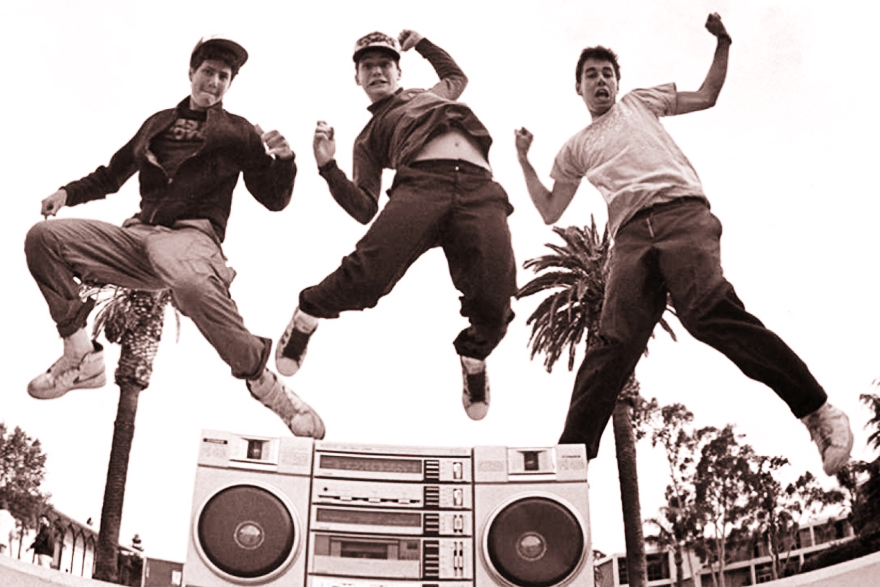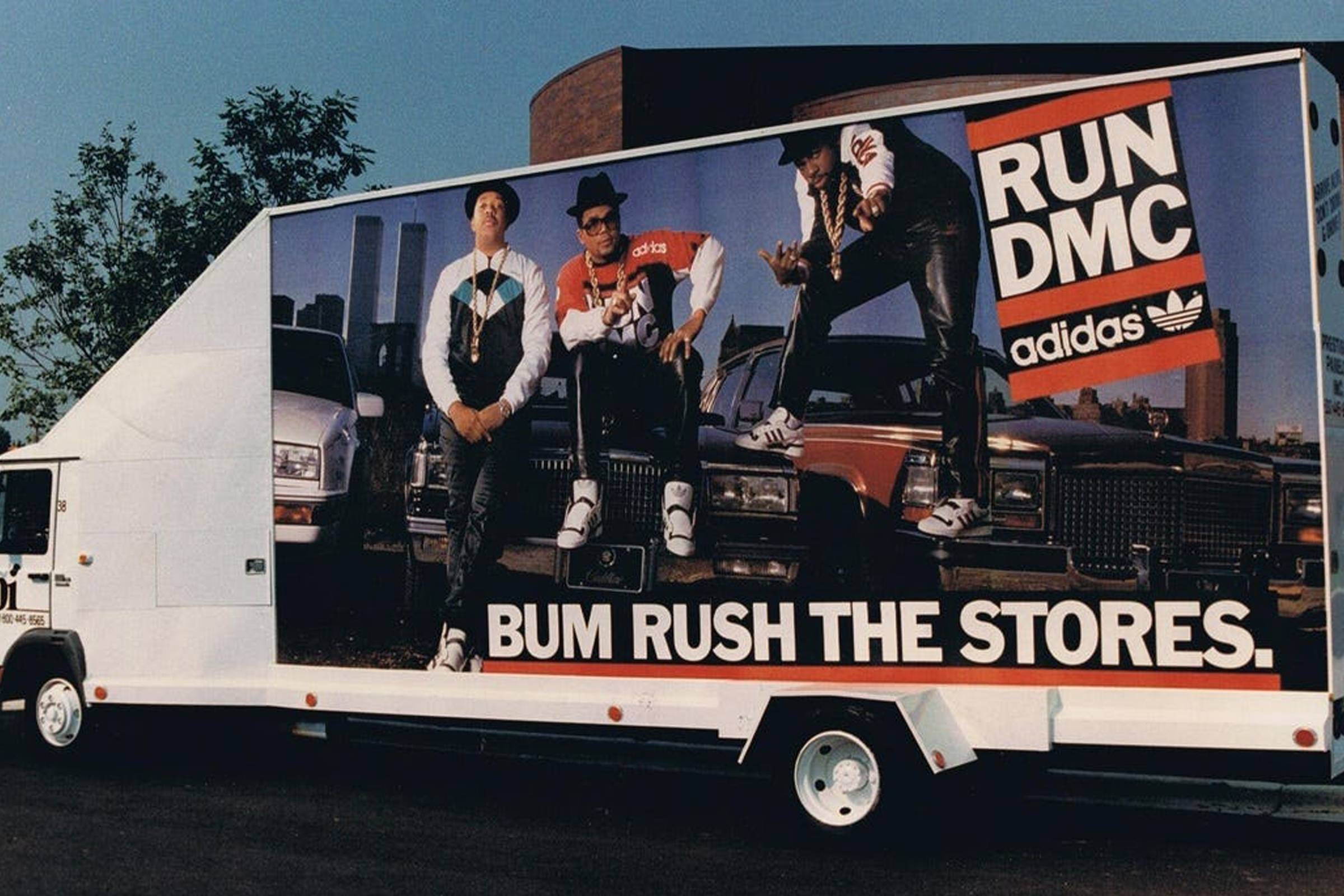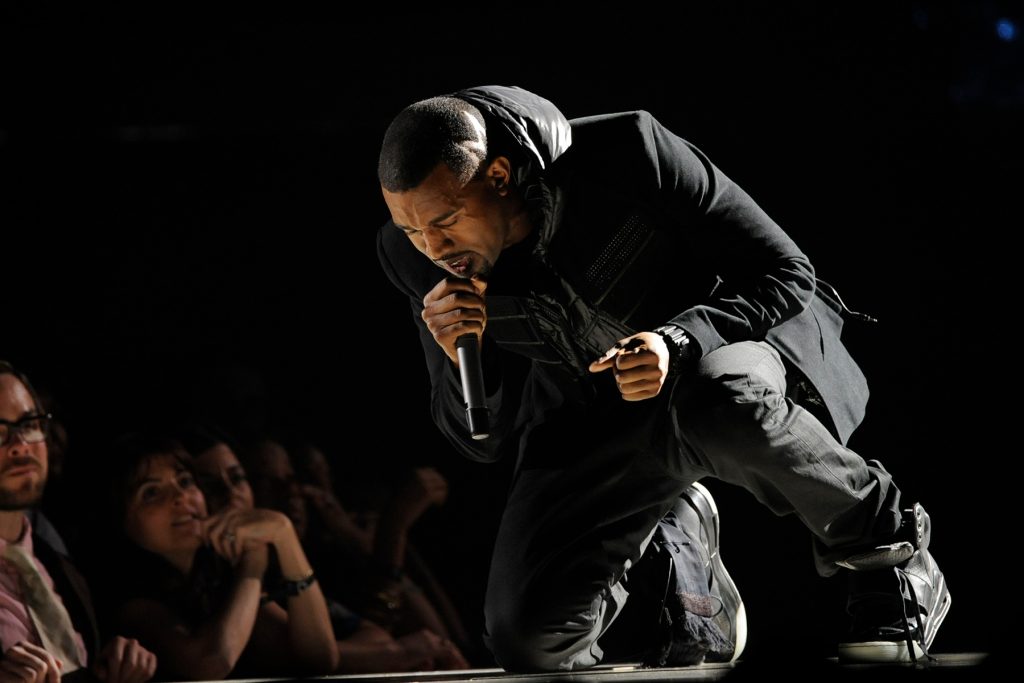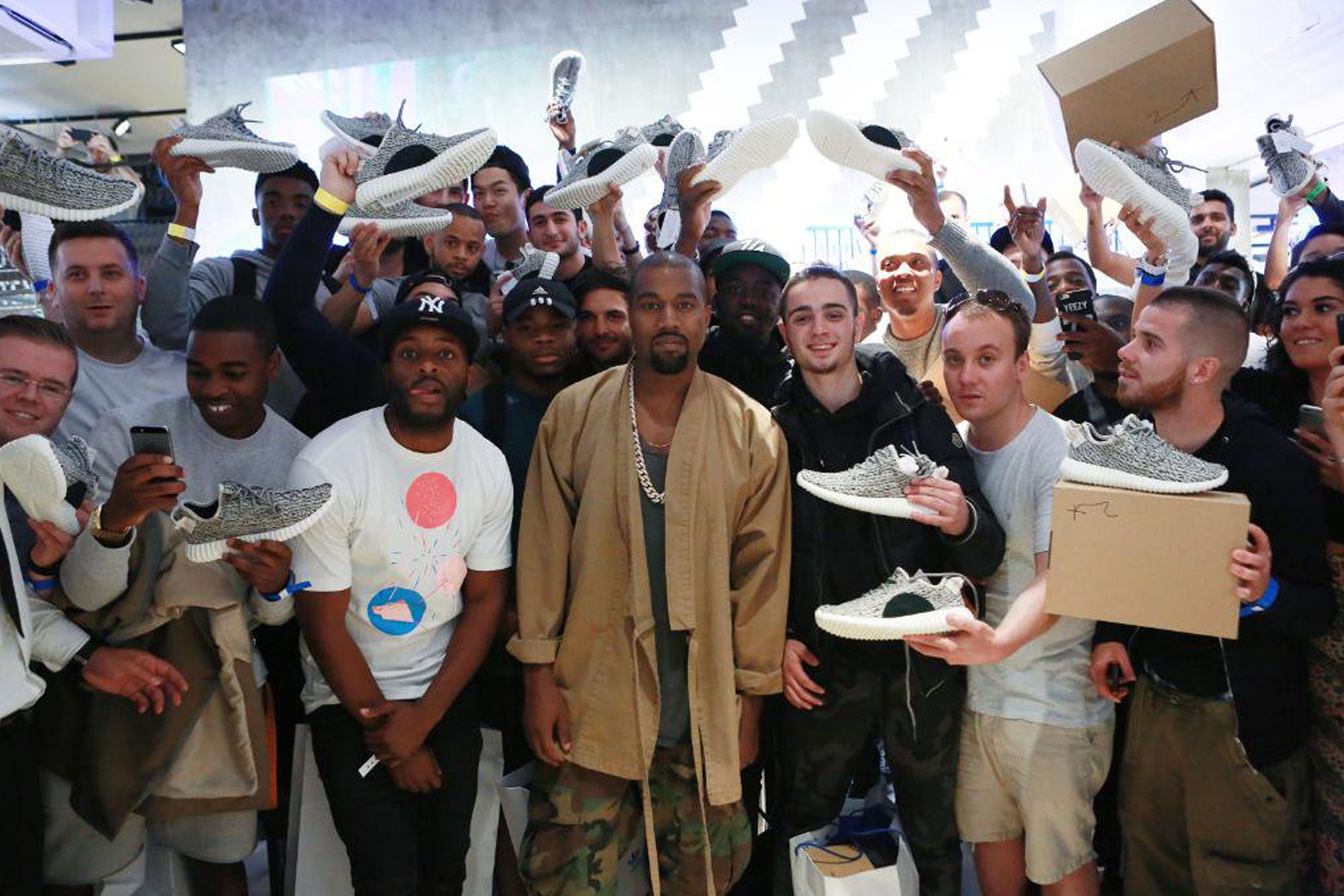Ever since Hip Hop was born – 50 years ago – the link between Rappers and Sneakers has always been unbreakable.
If, in the early days of the movement, it was the models and brands that influenced the artists – such as Run DMC and their song “My adidas” dedicated to Superstars – as the years went by, rappers put their signature on certain models, turning them into rare collector‘s items (and several zeros).
Famous Hip Hop names went from ‘humble’ co-signers who contributed to the marketing of certain models, to power brokers who had creative control over entire product lines.
 Today, rappers dictate trends, directing the market as professional players once did: from Run DMC to Kanye West, from Nas to Wu-Tang, via Eminem, Kendrick Lamar and De La Soul, here is how Hip Hop culture has influenced Sneakers Culture, in three fundamental phases.
Today, rappers dictate trends, directing the market as professional players once did: from Run DMC to Kanye West, from Nas to Wu-Tang, via Eminem, Kendrick Lamar and De La Soul, here is how Hip Hop culture has influenced Sneakers Culture, in three fundamental phases.

In 1985, on the back cover of his first record, Radio, LL Cool J wore a pair of Air Jordan 1 Bred: the most talented and fashionable rapper of the time sported the model of another talented young man, Michael Jordan: the association between Rap and Sneakers Culture is sealed forever.
Kids bought his debut record and emulated his casual, charismatic style, which included a pair of Air Jordan 1s paired with a Kangol bucket.

Also around the same time, adidas executive Angelo Anastasio happened to meet Run DMC while they were dancing in their adidas ‘rainsuits’, wearing overalls with the three stripes and twirling their heads on cartons placed on the Medison Square Garden street floor.

Anastasio was literally thunderstruck by the scene. He offered the three guys a $1 million sponsorship deal: a very unusual deal for the time. That was the first real collaboration between a brand and musicians. The ‘My adidas‘ video was the first in history to highlight a product, the adidas Superstar, in such an overt and explicit way.
In this first phase, the influence of rappers is still immature and corollary to the brand’s high-sounding name.
By the early 1990s, the rap and trainer industry was reaching the stratosphere.
Rap was about to enter what some are calling its golden age: names like Snoop Doggy Dogg, Wu-Tang Clan, Notorious B.I.G., Tupac Shakur, Nas and A Tribe Called Quest were entering the Hip Hop scene to disrupt it forever.
From the end of the 1990s to the beginning of the 2000s, new collaborations between artists and brands were born, which would lead to another phase, very creative and profitable for both.
In 1995, Tupac Shakur sang “We wearin’ Chucks not Ballies” in “California Love”, while driving around the West Coast in a Mercedes convertible: soon, Converse Chuck Taylor All Stars became a must-have among Los Angeles rappers such as Snoop Dogg, Ice Cube and more recently The Game, who wears them on the cover of his acclaimed album “The Documentary”.

With the birth of the Nike Air Max 95 everything changed again: the model influenced fashion, sport, lifestyle, music. Its popularity also spread to the Hip Hop industry, and songs dedicated to the legendary Nike silhouette tripled: from Nas in “Oochie Wally” to Jadakiss in “Who Shot Ya“, to the more recent “Hate it or Love it” by The Game.
For Californian rappers, the AM95s were more than just a style choice; they were a symbol of recognition, a social status for those who had managed to make their way in the Rap world.

In the early 1990s, Hip Hop artists went from ‘humble’ co-signers to power brokers with full creative control over entire product lines. They dictate trends, steering the market and sales.
In 2002, at the height of her success, Nelly released the single ‘Air Force Ones’: an ode to her crew’s favourite shoes; in the video, she shows hundreds of pairs of Air Force in every possible colour. This period saw the return of trainer collaborations with rappers and increased visibility in commercials; but it was not until the following year that the agreement that would change the relationship between rap and sneakes culture forever took place.
It was in 2003, Jay-Z and 50 Cent signed a sponsorship deal with Reebok that included signed trainers for each line and a commercial.

After the success of this collaboration and for the rest of the decade, joint ventures between rappers and sneaker companies multiplied.
Some went further than single collaborations. In 2005, Pharrell teamed up with Nigo to create Billionaire Boys Club and Ice Cream, while in 2009, Kanye West convinced Nike to give him his own signature shoe. It was a monumental event.
It was the first time Nike gave a rapper, or any non-athlete, a signature shoe. The first iteration of the Nike Air Yeezy was designed by West and Nike creative director Mark Smith.
Taking a design cue from the Nike Tech Challenge II, Jordan III and IV, the Air Yeezy was an instant hit and sold out immediately in all three colourways.

In 2012, the hits keep coming when Nike releases the Air Yeezy II in two colour variants, again sold out instantly. The union, however, does not last long as West desires more support and creative freedom, clashing with Nike’s top management.
This conflict over creative control led to the end of West’s relationship with Nike in 2013 and in February 2015, Kanye released his first shoe with adidas, the Yeezy Boost 750.

The revolutionary detail of West‘s deal with adidas is that it gave the rapper the widest freedom to create his own line, something Nike was unwilling to grant.
It opens up a high phase, the latest, of Hip Hop influences in Sneakers Culture: artists have so much power that they hold the fortune, or misfortune, of a brand.